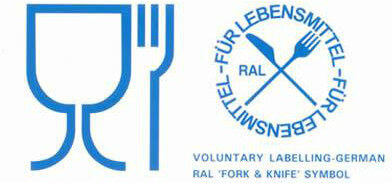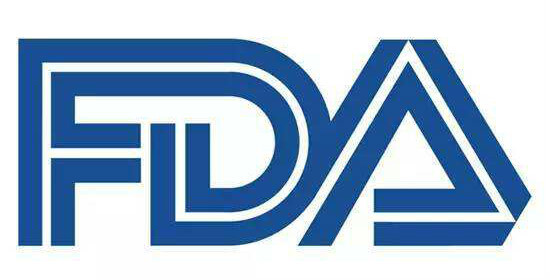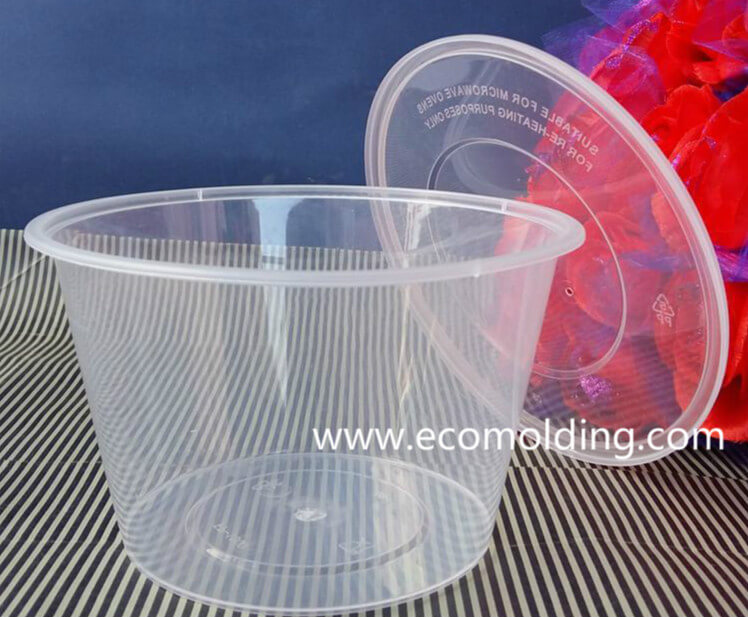PET
- PET
Usually, this plastic is used in the production of plastic bottles, beverage bottles and the like. The plastic water bottles and carbonated beverage bottles people often buy are packaging products made from PET, which is a food-grade safe plastic material.
- Potential Risks:
PET is only suitable for the packaging of room temperature or cold drinks, rather than overheated food. If the temperature is too high, the bottle will release toxic substances, which may cause cancer. If the PET bottle is in service for a long time, it will automatically release toxic substances, so the plastic beverage bottles should be disposed right away after use, and should not be used to contain other foods for a long time, so as not to affect health.
PP
The PP plastic is one of the most common plastics, and can be used to produce plastic food packaging, such as special plastic food bags, plastic food boxes, food grade straws, and food grade plastic parts, etc. It is safe, non-toxic and resistant to low and high temperatures. PP is the only plastic that can be placed in a microwave oven and boasts a strong folding endurance (50,000 times). When falling from a high altitude under -20°C temperature conditions, it will not break.
PP plastic bag: Polypropylene
Characteristics: Harder than OPP, stretchable (two-way stretch), able to be stretched into a triangle, bottom or side seals (envelope bag), and barrel. Its transparency is not as good as that of OPP.
HDPE
- HDPE
The HDPE plastic is commonly known as high-density polyethylene, which enjoys a high application temperature, hardness, mechanical strength and chemical resistance. It is a non-toxic and safe material that is often used to produce plastic containers for food.
High-density low-pressure polyethylene feels crispy, and is often used to produce plastic bags.
- Potential Risks:
Plastic containers made from HDPE are difficult to clean, so it is not recommended for recycled applications. It is better not to microwave it.


LDPE
- LDPE
Low density polyethylene, commonly known as LDPE, is soft to touch.
The products made from LDPE are odorless, tasteless, non-toxic and matte. They are commonly used in food grade plastic parts, food grade composite packaging film, food wrap, medical and pharmaceutical plastic packaging.
- Potential Risks:
LDPE is not highly heat resistant, and usually melts when the temperature exceeds 110°C. For instance, don’t heat food wrapped with the household food wrap film, to prevent the oil contained in the food from dissolving the harmful substances in the wrap film.
PS
- PS
It is often used to produce bowls of instant noodles, fast food boxes, disposable food packaging boxes, etc., and is very cold resistant.
- Potential Risks:
The PS box cannot be microwaved, so as to prevent the release of toxic substances caused by excessive temperature. It also features poor resistance to acid and alkali, so not suitable for containing acidic foods, to avoid release of carcinogens.
PC
This plastic material can be used to produce sports water bottles, etc., and is widely used in the production of plastic containers as a safe material.
- Potential Risks:
There is residual bisphenol A (hazardous substance) contained in PC. The higher the temperature, the more and faster it releases. Therefore, do not use PC water bottles to contain hot water, so as not to increase the speed and density of bisphenol A (if any) release.
PVC
- PVC:
Currently, PVC plastics is rarely used for food packaging, so it is better not to buy it.
- Potential Risks:
When this material is used under high temperature conditions, or even during the manufacturing process, it is easy to produce and release harmful substances. When toxic substances enter the human body along with food, it may cause such diseases as breast cancer and birth defects. At present, containers made from this material is seldom used for food packaging. If you are using it, don’t get it heated.

